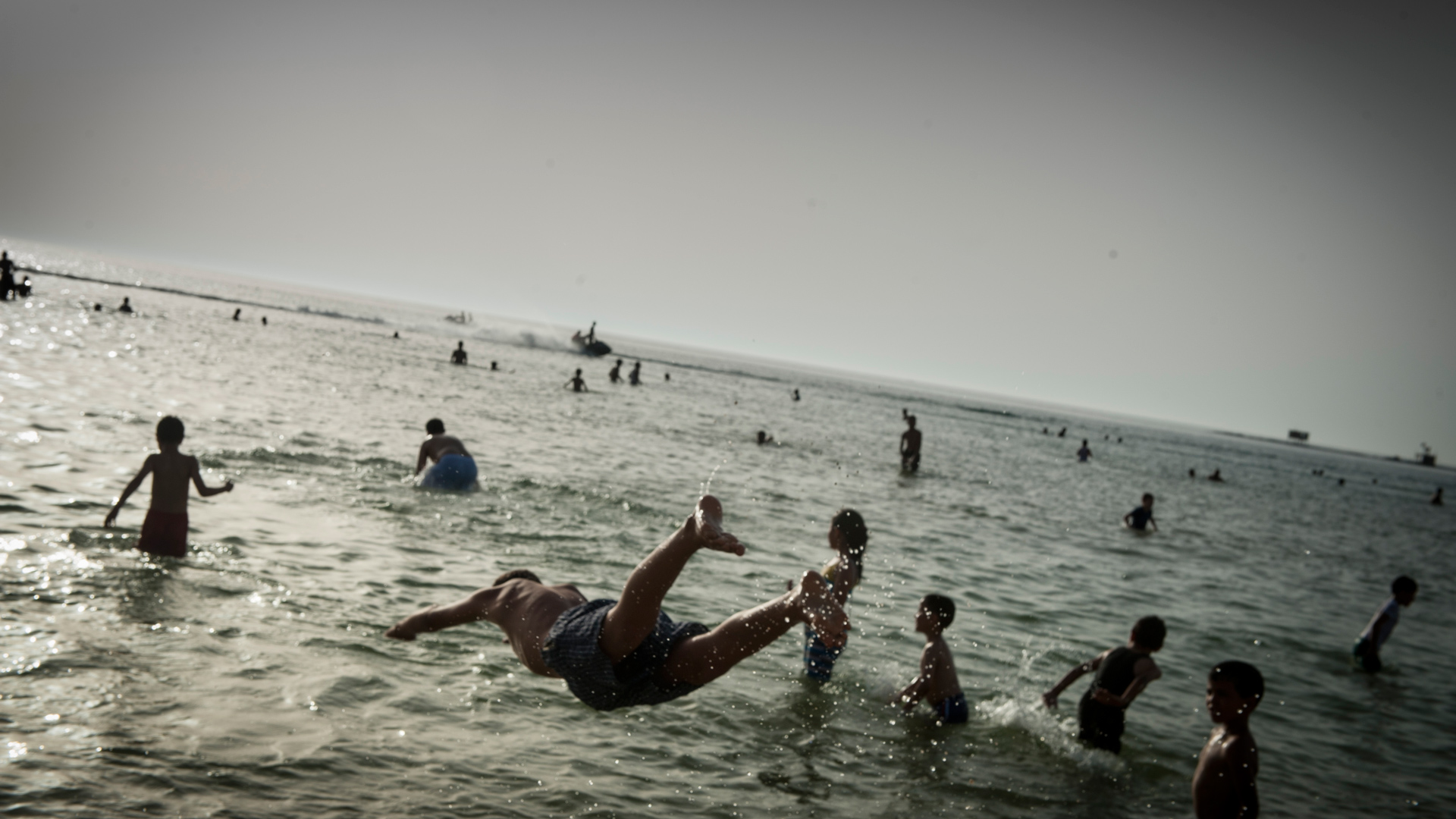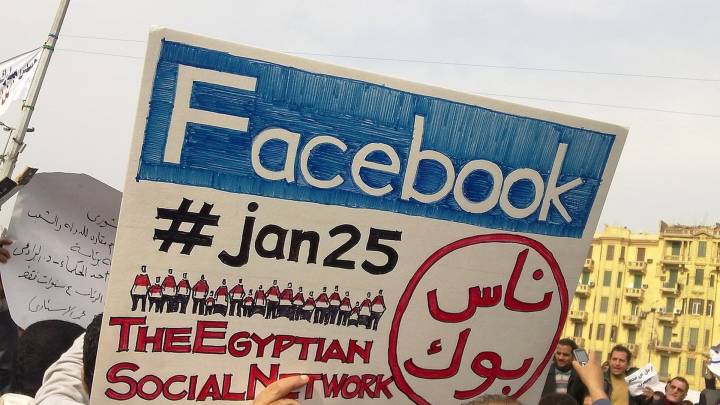With its power infrastructure crumbling and with militias squabbling, Libyans across the country endured lengthy power cuts amid soaring temperatures this summer.
After seven years of rival governments coalescing and collapsing, of rule by militias and localised battles decimating neighbourhoods, Libya’s intractable problems appear no closer to resolution. While debates over the country’s contribution to the refugee crisis rage throughout Europe and much of the world, life for its citizens continues to grind on through cash shortages and power cuts.
We all thought [power cuts would] end soon, but they never did With the difficulties of this year’s summer, many Libyans have simply packed up and left. Mohamed Busneina, a civil society worker and musician, lounges in the shade of a garden in Tunis, far from the disruption of his home in Benghazi, eastern Libya. “The first [blackout] was in 2011, during the civil war. Some people were messing with the electricity. They said they were doing it in support of the Gaddafi regime and were trying to make trouble for the city. So we had a very long blackout, maybe more than 14 hours.”
Though this disruption was thought to be temporary, it soon became routine. “We got used to having at least two to twenty hours of power cuts a week,” Busneina explains.
In the country’s capital, the situation is far more severe. “In Tripoli they are having the worst electricity problems ever. Daily they’re facing up to 14 hours a day, and they’re asking the same questions [we are],” says Busneina.
“We all thought they’d end soon, but they never did,” Nadia Ramadan, a Tripoli resident, tells zenith. “When it’s cold, you suffer, when it’s hot, you suffer… People are angry at the electricity company. They’re angry at the [UN] government too, but mainly the electricity company. You get used to it, but you’re still angry.”
Conspiracy theories abound. While Libya’s competing governments are quick to blame the cuts on illicit new construction projects overpowering the grid, or shortfalls in the imported gas needed to fire the stations, others see the cuts as a means of distracting a volatile populace from some of the issues facing the country. “Some people think they’re using them to mess with us,” Busneina explains. “For instance, every time we try and talk about the cash [shortages] in a strong way, say when we’re preparing for a campaign, we start to face real problems with the electricity and the fuel.”
Libya’s ailing, overburdened power grid, already due to be overhauled at the time of the revolution, is in the middle of a perfect storm. With next to no electricity surplus within the system, any interruption to the power plants’ operations – for whatever reason – leads to widespread and devastating power cuts.
During this summer’s heat wave, as temperatures reached 45 degrees Celsius, blackouts in the west of the country lasted for up to 20 hours at a time. The situation grew so desperate that despite Tripoli’s omnipresent security problems, residents took to the streets to protest the constant outages.
Libya’s political and military ructions only emphasise the underlying weakness of its electricity infrastructure. “Most of the power plants are controlled by militias,” says Tim Eaton, a Middle East and North Africa research fellow at Chatham House in London. “In January, the chairman of the National Oil Corporation (NOC), Mustafa Sanalla, called out the Nasr Brigade after they shut the line feeding the Zaiya refinery [to seize the oil]. This caused a 900-kilometre blackout that lasted three days.”
Prices have increased by around five times since the revolution Libya’s economy has also taken a hit. With militias continuing to operate unchecked throughout the country, the legal safeguards that might otherwise protect the country’s banking system have been lost in the background noise. The effect has been profound. Those who previously enjoyed healthy state benefits under the Gaddafi regime must now queue for hours to withdraw the smallest sums from banks starved of the reserves they need to support the country’s currency.
The private sector, which once looked to imports to fuel their businesses, are now forced to operate almost exclusively on the country’s black market, while Libyans studying overseas who relied on grants to support their studies are left hunting for part-time work to survive.
Inflation has been sharp, rising dramatically after hostilities escalated in 2014. “Prices have increased by around five times since the revolution,” Busneina says. “Say you wanted to buy a carton of milk. [In 2011] it would cost you around one Libyan dinar. Now it’s five dinars.”
In some areas, an electronic payment system works for certain purchases. However, shoppers report surcharges of up to 50 per cent to use it. As Busneina explains, with an average salary of 700-800 dinars per family, any additional costs are crippling.
Moreover, despite the recent surge in oil production across Libya, problems with power cuts and liquidity aren’t going away anytime soon. As various international actors continue to tussle over Libya’s future, life for the country’s inhabitants continues to be as uncertain as ever.
Like so much in Libya, that looks no closer to ending either. Asked how long the current instability might continue, Busneina leans back in his chair and pulls on his cigarette. “You know, when they build new houses now, they’re putting in special places for generators in some of them.”





